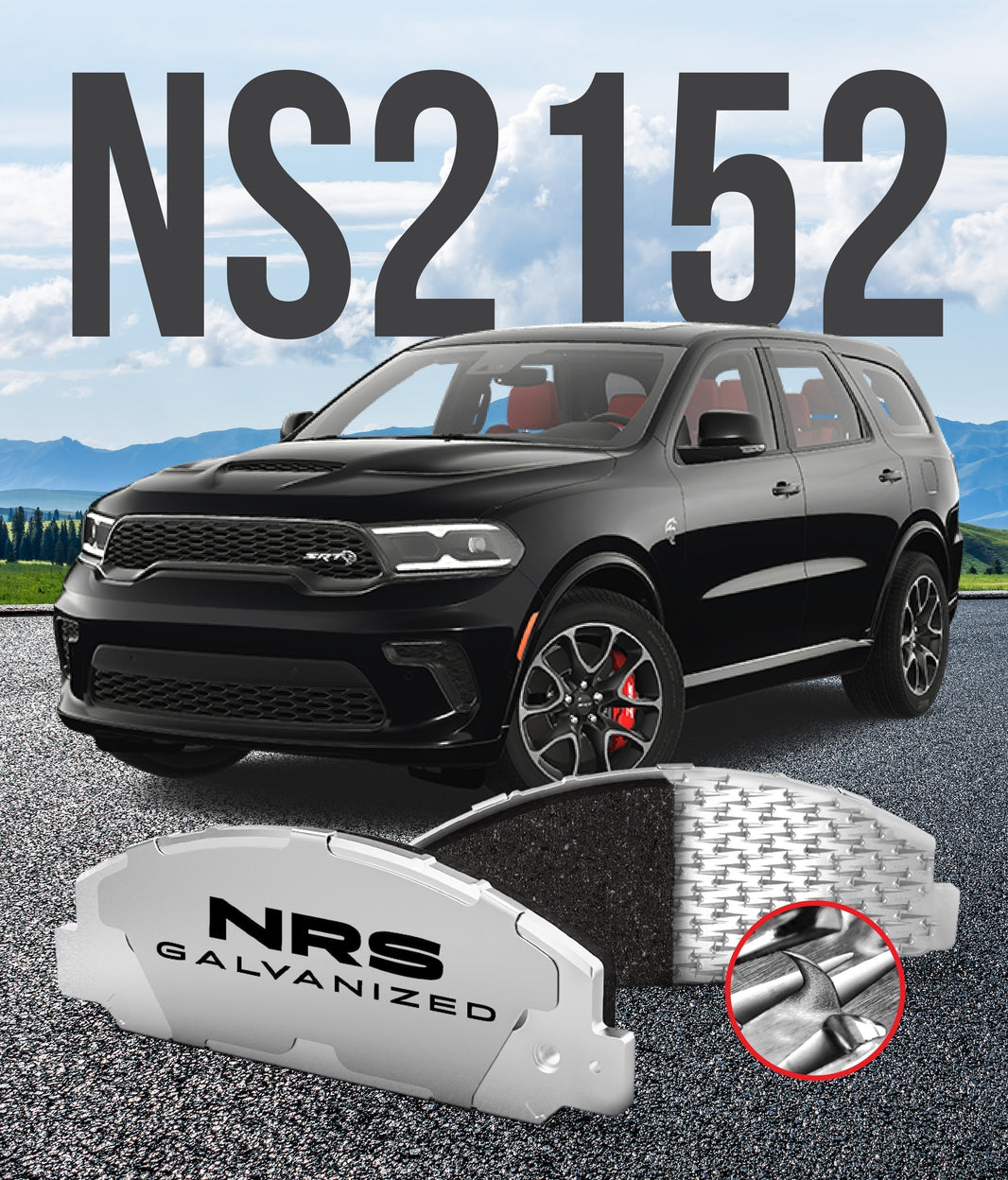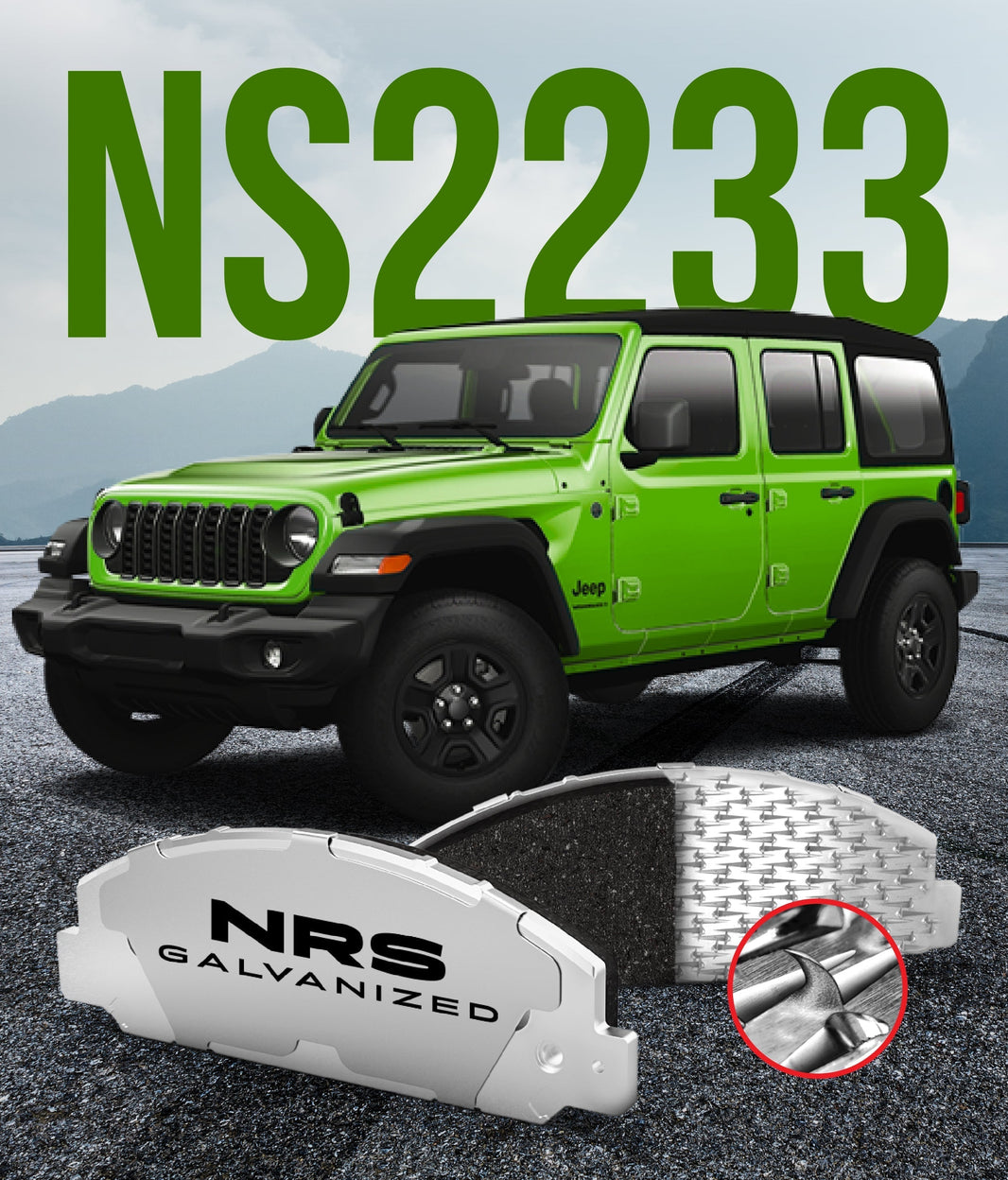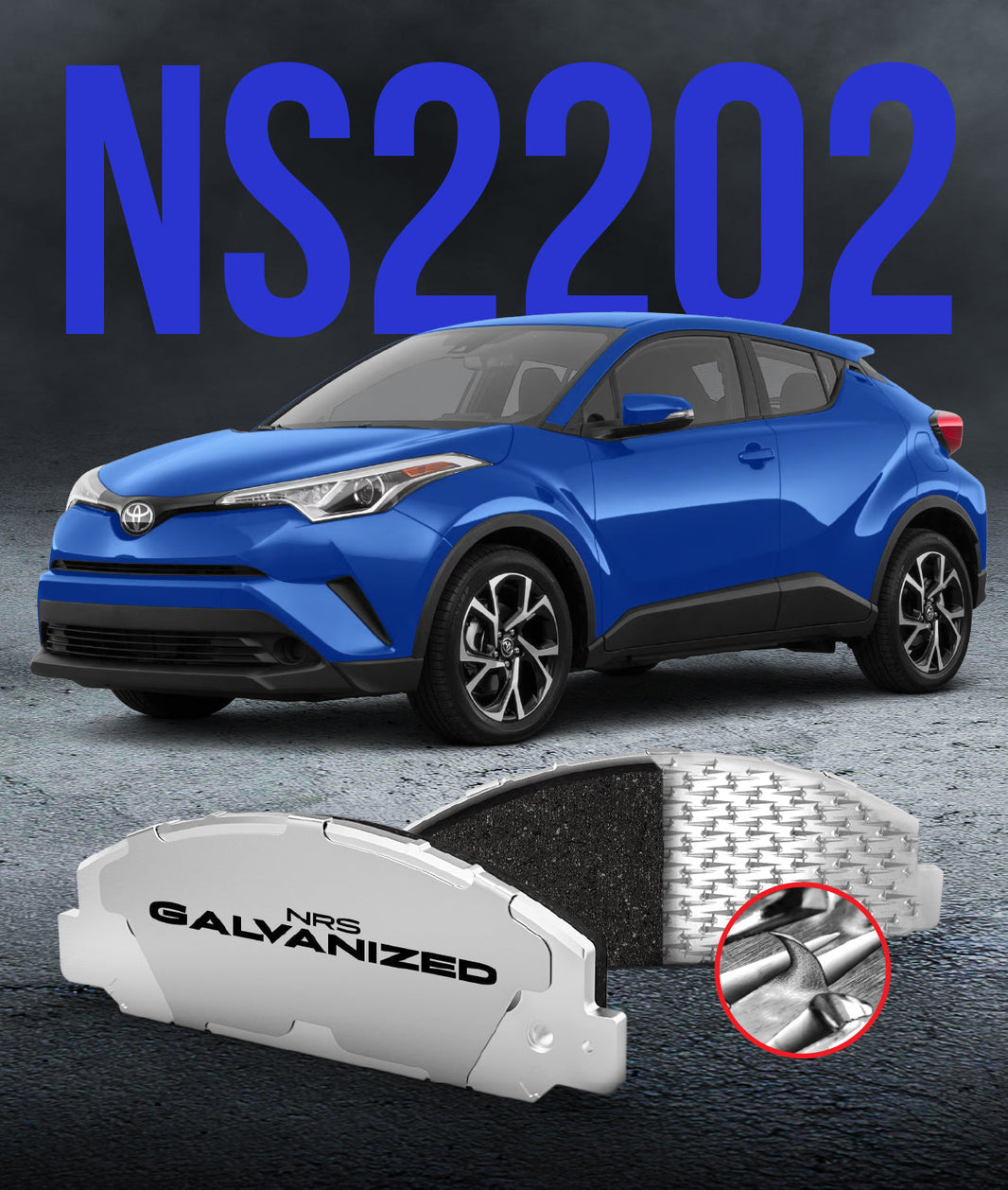
Does your car feel unusually sluggish, like you are trying to accelerate through thick mud? Have you noticed your fuel economy taking an unexpected nosedive? These frustrating symptoms might not be an engine problem at all; they could be the subtle signs of a brake that is stuck and refusing to let go.
A sticking brake, also known as brake drag, occurs when a brake fails to release completely after you take your foot off the pedal. This means one or more of your brakes are constantly applying a slight pressure, working against your engine and creating a host of dangerous problems. Identifying this issue early is key to preventing serious damage and ensuring your vehicle operates safely.
The Push and Pull: How Brakes Should Work
Your car’s braking system is designed for precise action. When you press the pedal, hydraulic pressure activates the calipers, squeezing the brake pads against the rotors to slow you down. Critically, when you release the pedal, this pressure dissipates instantly, and the pads retract slightly, allowing the wheel to spin freely again.
Brake drag happens when this second part – the release – fails. A component in the system prevents the pressure from fully releasing, or mechanically holds the pad against the rotor. This results in constant, unwanted friction, which acts like an anchor dragging behind your car.
Common Causes: Why Brakes Stick
Most cases of brake drag point to a mechanical failure at the wheel, often caused by corrosion or a lack of lubrication. The components responsible for applying the brakes become unable to retract correctly. Identifying the specific faulty part is the first step towards a reliable repair.
Seized Caliper Guide Pins
The most frequent culprit behind brake drag is seized caliper guide pins. Most modern cars use a "floating" caliper design, where the caliper body slides slightly on two lubricated metal pins. This movement is essential for the caliper to center itself and apply even pressure.
These pins are protected by small rubber boots, but if these boots tear, water and road salt get inside. This quickly leads to corrosion, causing the pins to rust solid within their bores. When the pins seize, the caliper cannot slide back when you release the pedal, keeping one or both brake pads pressed against the rotor.
Stuck Caliper Piston
Inside the caliper is a piston that is pushed out by hydraulic fluid when you brake. This piston presses directly on the back of the inner brake pad. It is protected by a large, flexible rubber dust boot.
If this dust boot tears or becomes dislodged, moisture gets into the piston bore, causing the steel piston to rust. A corroded piston will become stuck in its extended position, refusing to retract when you release the brake pedal. This keeps constant pressure on the inner pad, leading to severe drag. You can read more about this in our guide to caliper issues.
Collapsed or Faulty Brake Hose
The flexible rubber hoses connecting the hard brake lines to each caliper can fail internally. With age, the inner lining of the hose can deteriorate and collapse or create a small flap. This acts like a one-way check valve.
Pressurized fluid can force its way past the blockage when you brake, but it cannot flow back easily when you release the pedal. This trapped residual pressure keeps the brake pads lightly applied to the rotor. The hose might look perfectly fine from the outside, hiding this internal failure.
Parking Brake Problems
Your parking brake system, which usually operates on the rear wheels, can also be a source of drag. The cables that activate the parking brake mechanism can corrode and stick within their sheathing. This prevents the brake from fully releasing even when you push the lever down.
Similarly, the mechanical levers or cams inside a drum brake assembly (or the drum-in-hat system on some rear disc brakes) can seize due to rust. If the parking brake mechanism does not return to its "off" position, the brake shoes will continue to drag against the drum.
Improper Hardware or Installation
Sometimes, brake drag can be caused by mistakes made during a previous brake job. Using incorrect or low-quality hardware, like anti-rattle clips, can cause pads to bind in the caliper bracket. Forgetting to clean rust off the hub surface before installing a new rotor can cause rotor runout, leading to uneven contact and drag. This highlights the importance of using quality brake components.
Recognizing the Symptoms of Brake Drag
A sticking brake creates very distinct symptoms, primarily related to the constant friction and heat it generates. If you notice any combination of these signs, it is time for an inspection. Your car is trying to tell you something is seriously wrong.
Here are the key indicators of a dragging brake:
-
Sluggish Performance and Poor Fuel Economy: Your car feels noticeably slower and requires more throttle to maintain speed. You will also see a distinct drop in your miles per gallon as the engine constantly fights the dragging brake.
-
Burning Smell: After driving, you notice a strong, acrid burning smell coming from one of the wheels. This is the odor of the overheated brake pad material literally cooking itself.
-
Excessive Heat: The affected wheel feels significantly hotter than the others after a drive. Use extreme caution when checking this, as a dragging brake can become hot enough to cause severe burns. Approach the wheel slowly and feel for heat radiating off it before touching anything.
-
Vehicle Pulling: The car may pull towards the side with the dragging brake, as that wheel is constantly being slowed down. This might be subtle at first but becomes more obvious over time.
-
Premature and Uneven Brake Pad Wear: A visual inspection might show the brake pads on one wheel are worn down much faster than on the others. Often, just one pad (usually the inner one in cases of a stuck piston) will be extremely worn, while the other looks nearly new. This is a telltale sign discussed in our article on uneven brake pad wear.
-
Discolored Brake Rotor: The intense heat from constant dragging can cause the brake rotor to turn blue or purple. These "hot spots" indicate the rotor has been severely overheated, potentially warping it and damaging the metal's structure.
-
Squealing or Grinding Sounds: While not always present, a dragging brake can sometimes cause a continuous light scraping or squealing sound as you drive.
Diagnosing the Drag
Pinpointing which brake is sticking and why requires a methodical approach. While some checks can be done at home, a definitive diagnosis often requires raising the vehicle. Safety is paramount when dealing with brakes.
Here is a typical diagnostic process:
-
Feel the Heat (Carefully!): After driving, cautiously check the temperature radiating from each wheel hub area. A significantly hotter wheel indicates the location of the drag.
-
Check the Parking Brake: Ensure the parking brake lever or pedal moves freely and fully releases. Check if the cables underneath the car seem tight or slack when the brake is off.
-
Spin the Wheels: Safely raise the vehicle on jack stands so the wheels can turn freely. Spin each wheel by hand. A wheel with a dragging brake will offer noticeable resistance and stop spinning much sooner than the others.
-
Visual Inspection: Look closely at the caliper, pads, rotor, and brake hose at the affected wheel. Check for torn caliper boots, heavy corrosion, or obvious signs of damage.
-
Professional Inspection: The most common causes – seized guide pins, a stuck piston, or a collapsed hose – usually require disassembly by a qualified mechanic to confirm. A full brake inspection is the best course of action.
Fixing the Problem
The repair for a sticking brake involves addressing the root cause. Simply forcing a stuck part free is not a safe or lasting solution. The goal is to restore the free movement of all components.
Common repairs include freeing, cleaning, and lubricating seized caliper guide pins (and replacing the boots). If the piston is stuck or the caliper is leaking, replacing the caliper assembly is usually the best approach. A collapsed brake hose must be replaced. Stuck parking brake cables or mechanisms need to be replaced or freed and lubricated. Any brake pads or rotors damaged by the excessive heat from dragging should also be replaced to ensure safe stopping.
Conclusion
That sluggish feeling or burning smell might be more than just an annoyance; it could be the dangerous symptom of a sticking brake. Caused most often by corrosion leading to seized caliper pins or pistons, brake drag creates excessive heat, damages components, and compromises your stopping power. Recognizing the telltale signs like heat, smell, pulling, and uneven wear is crucial.
Addressing a dragging brake promptly is essential for safety and preventing more costly repairs down the road. Never ignore these symptoms; have your brakes professionally inspected to diagnose and fix the underlying issue. Knowing the warning signs that mean it's time for a brake check keeps you safer on the road. Have you ever had a brake caliper seize up on you?




